Proper furniture placement is key to ensuring a safe living room environment. Start by anchoring heavy furniture such as bookshelves and televisions to the wall to prevent them from tipping over. Secure any loose cords or wires to avoid tripping hazards. Arrange furniture in a way that allows for easy movement and clear pathways to prevent accidents.1. Furniture Placement
The living room is often filled with electronic devices such as televisions, lamps, and chargers. It is important to regularly check for frayed wires or damaged cords and replace them immediately to prevent electrical hazards. Use power strips and surge protectors to avoid overloading outlets and unplug devices when not in use to save energy and reduce the risk of electrical fires.2. Electrical Safety
A fire can start in the living room from unattended candles, fireplaces, or heaters. Keep a fire extinguisher in an easily accessible location and test smoke detectors regularly to ensure they are functioning properly. Never leave a fire unattended and always keep flammable items away from heat sources.3. Fire Safety
If you have young children in the house, it is important to childproof your living room. Cover electrical outlets and install safety latches on cabinets and drawers. Use corner guards on sharp edges of furniture and keep small objects out of reach to prevent choking hazards.4. Childproofing
Clutter and loose items in the living room can pose a trip hazard. Keep the floor clear of toys, books, and other items. Secure area rugs with non-slip pads or adhesive tape to prevent them from slipping. Arrange cords and wires neatly to avoid tripping over them.5. Trip Hazards
Living room windows can be a potential danger, especially for young children. Install childproof locks on windows to prevent them from opening too wide. Keep furniture away from windows to prevent children from climbing and falling. Install window guards on upper floor windows to prevent falls.6. Window Safety
Household cleaning products, medications, and plants can be poisonous to children and pets. Store these items in locked cabinets or high shelves to keep them out of reach. Label all containers and keep them in their original packaging to avoid confusion. Know the number for poison control and keep it easily accessible in case of an emergency.7. Poison Control
Cords and wires from electronics and lamps can create a tripping hazard and become tangled and damaged. Use cord organizers or tie cords together to keep them neat and out of the way. Unplug and store chargers when not in use to prevent them from becoming damaged or causing a fire.8. Cord Management
Slippery surfaces in the living room, like hardwood or tile floors, can increase the risk of falls. Use non-slip rugs or add rug pads underneath area rugs to prevent them from slipping. Wipe up spills immediately and use non-slip mats in the bathroom to prevent slips and falls.9. Slip Prevention
No matter how many safety precautions you take, accidents can still happen. It is important to be prepared for emergencies in the living room. Keep a first aid kit in an easily accessible location and know basic first aid techniques. Create an emergency exit plan and practice it regularly with your family.10. Emergency Preparedness
Additional Tips for Living Room Safety
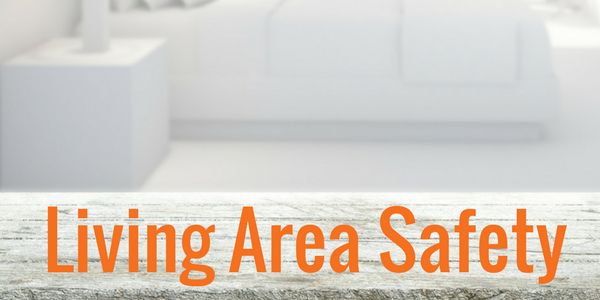
Install Proper Lighting
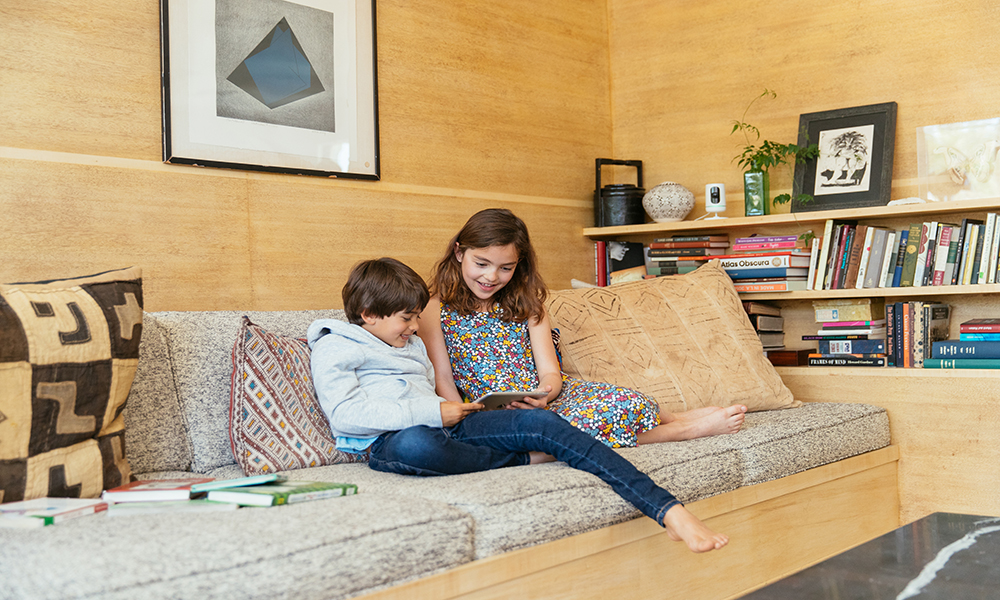 Proper lighting is crucial for a safe living room. Make sure all areas of the room are well-lit, especially around stairs and pathways. This will help prevent accidents and falls. Use
energy-efficient LED bulbs
for maximum brightness and
install motion-sensor lights
near entrances and exits for added convenience and security.
Proper lighting is crucial for a safe living room. Make sure all areas of the room are well-lit, especially around stairs and pathways. This will help prevent accidents and falls. Use
energy-efficient LED bulbs
for maximum brightness and
install motion-sensor lights
near entrances and exits for added convenience and security.
Secure Electrical Cords
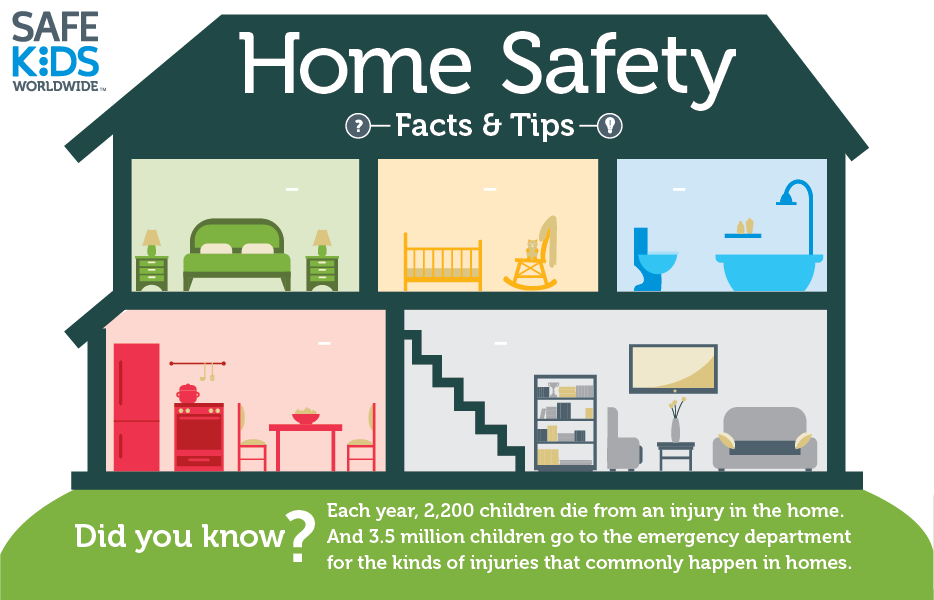 Loose and tangled electrical cords can be a trip hazard, especially in a high-traffic area like the living room. To prevent accidents,
use cord covers
or tape to secure cords along walls or furniture.
Unplug
any appliances or devices when not in use to avoid potential electrical hazards.
Loose and tangled electrical cords can be a trip hazard, especially in a high-traffic area like the living room. To prevent accidents,
use cord covers
or tape to secure cords along walls or furniture.
Unplug
any appliances or devices when not in use to avoid potential electrical hazards.
Choose the Right Furniture
 When it comes to living room safety,
choosing the right furniture
is important. Avoid furniture with sharp edges or corners, as they can cause injuries, especially for young children.
Anchor
heavy furniture, such as bookshelves and TV stands, to the wall to prevent tipping. Opt for
slip-resistant
rugs to avoid slips and falls.
When it comes to living room safety,
choosing the right furniture
is important. Avoid furniture with sharp edges or corners, as they can cause injuries, especially for young children.
Anchor
heavy furniture, such as bookshelves and TV stands, to the wall to prevent tipping. Opt for
slip-resistant
rugs to avoid slips and falls.
Keep the Living Room Clean and Clutter-Free
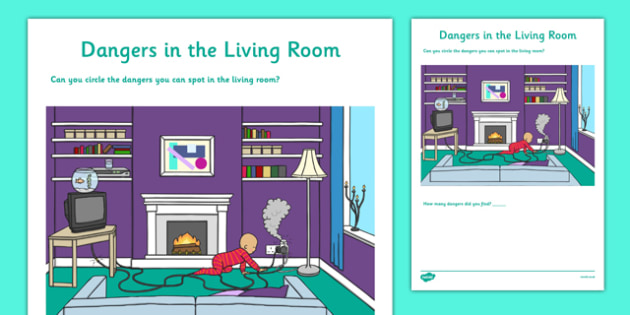 A cluttered living room not only looks messy, but it can also pose a safety hazard.
Regularly declutter
and organize the living room to prevent trips and falls. Keep
small objects
like toys, remote controls, and cords out of reach of young children to avoid choking hazards.
A cluttered living room not only looks messy, but it can also pose a safety hazard.
Regularly declutter
and organize the living room to prevent trips and falls. Keep
small objects
like toys, remote controls, and cords out of reach of young children to avoid choking hazards.
Practice Fire Safety
 The living room is often the gathering place for family and friends, so it's important to practice fire safety.
Install smoke alarms
and
have a fire extinguisher
on hand. Avoid using
flammable materials
for decoration and make sure all candles are
extinguished
before leaving the room or going to bed.
By following these additional tips for living room safety, you can create a comfortable and secure space for you and your family. Remember to regularly check for potential hazards and address them immediately to maintain a safe living room environment.
The living room is often the gathering place for family and friends, so it's important to practice fire safety.
Install smoke alarms
and
have a fire extinguisher
on hand. Avoid using
flammable materials
for decoration and make sure all candles are
extinguished
before leaving the room or going to bed.
By following these additional tips for living room safety, you can create a comfortable and secure space for you and your family. Remember to regularly check for potential hazards and address them immediately to maintain a safe living room environment.



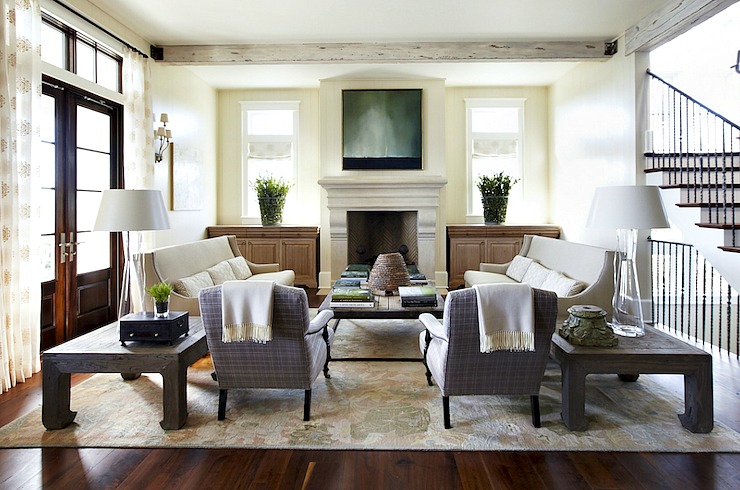


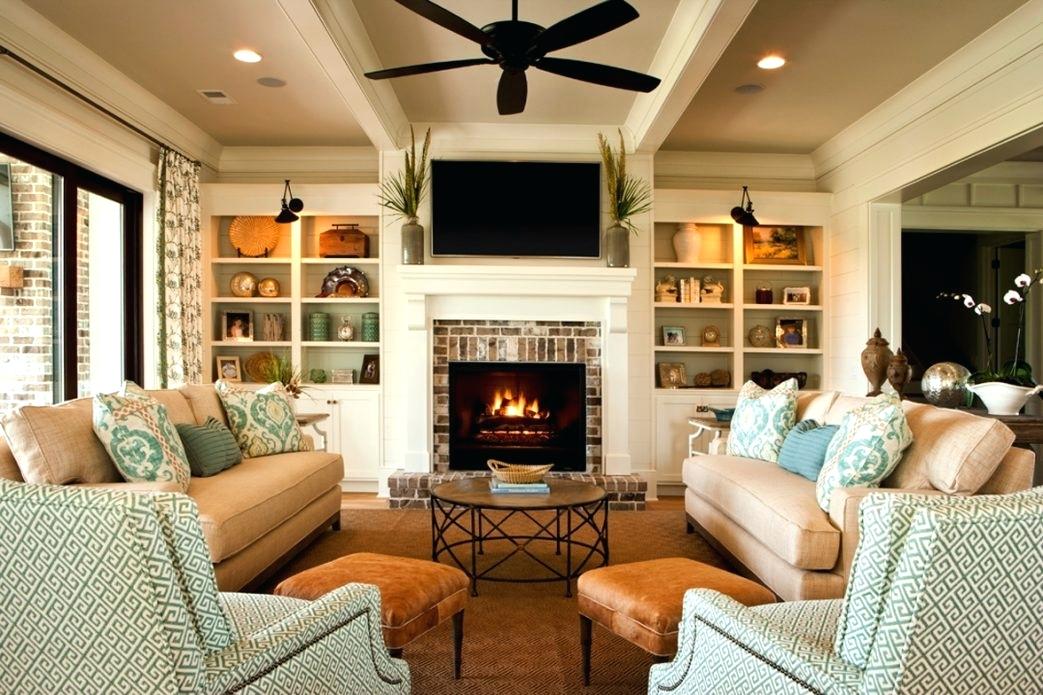


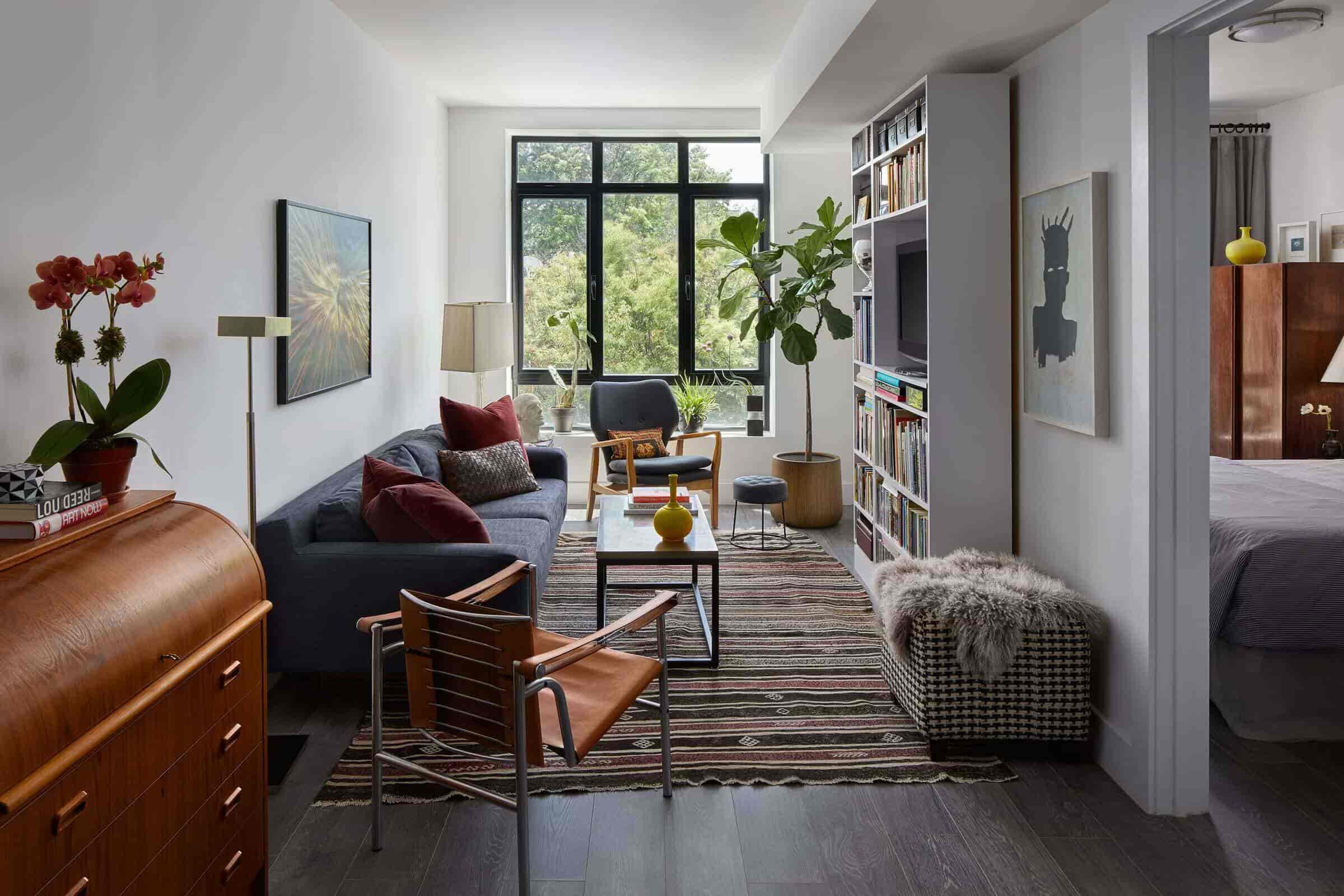



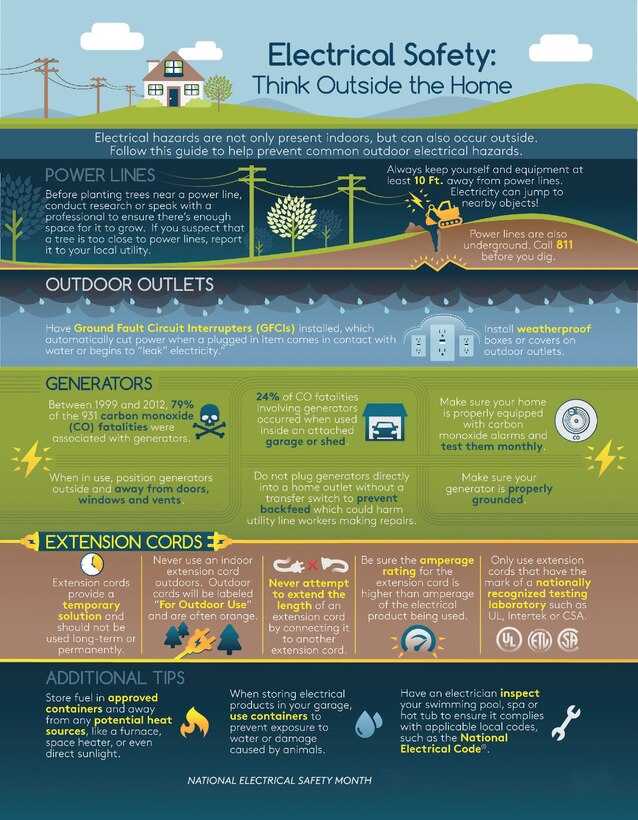


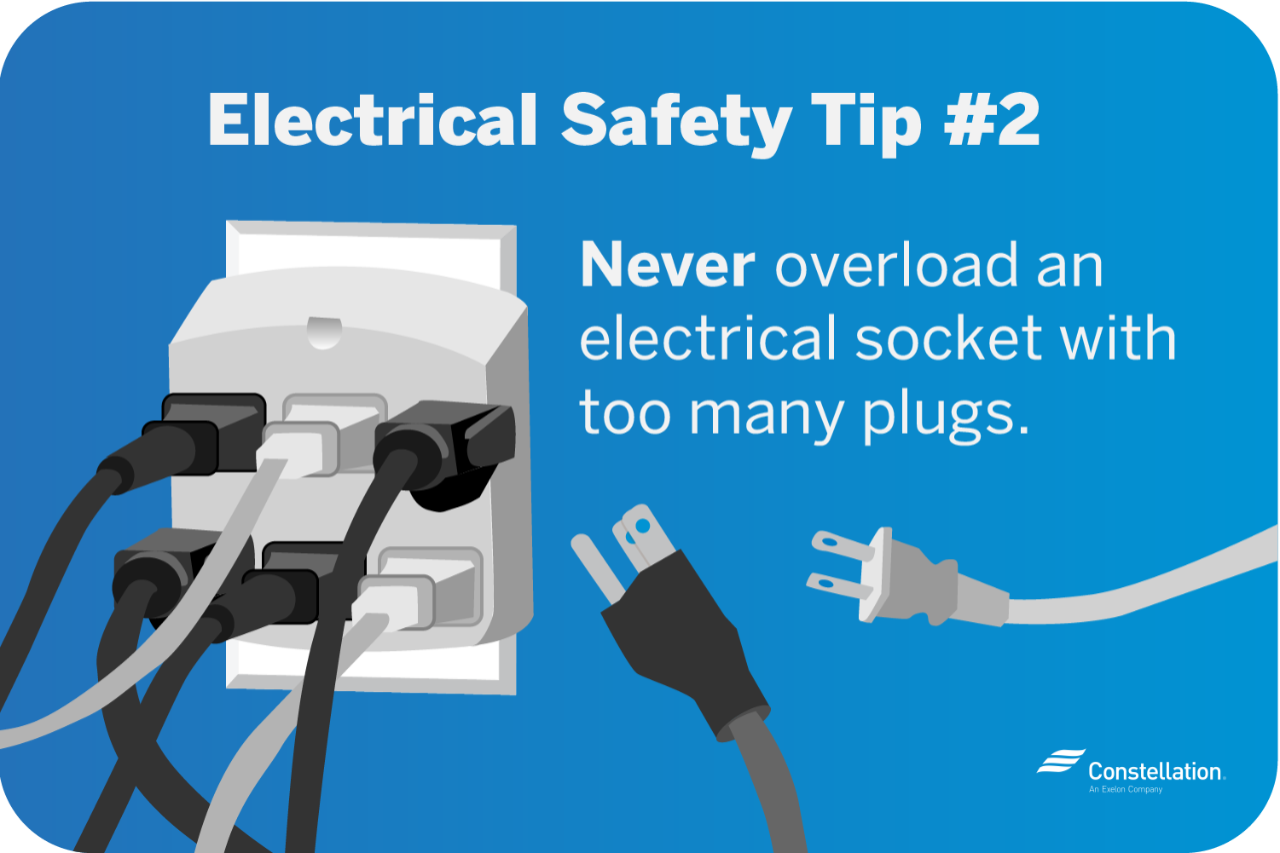

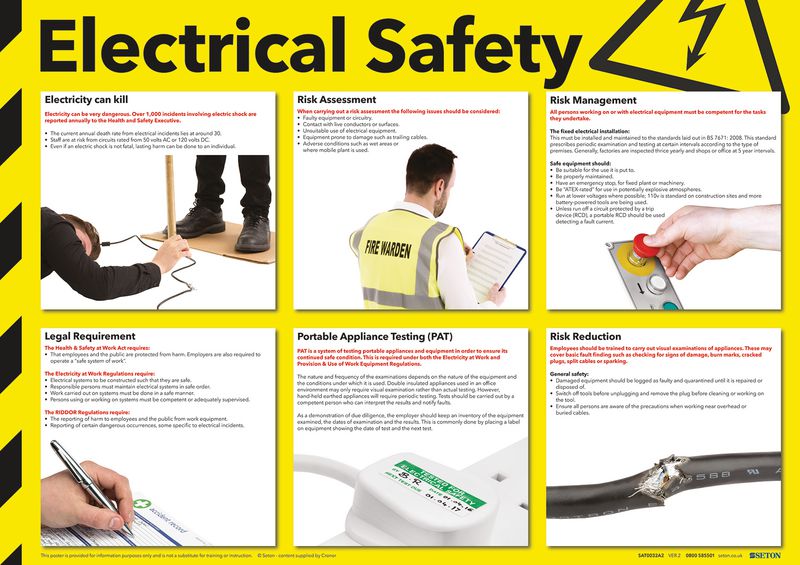

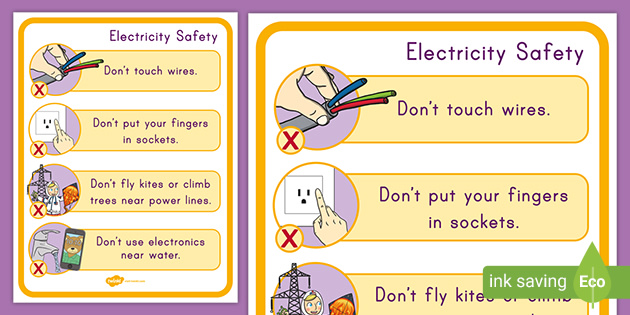
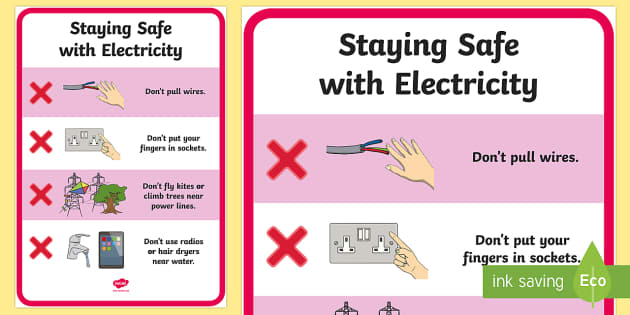
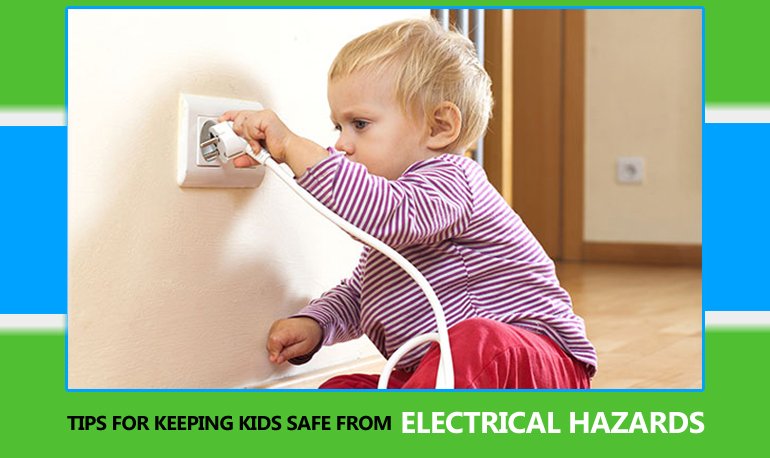



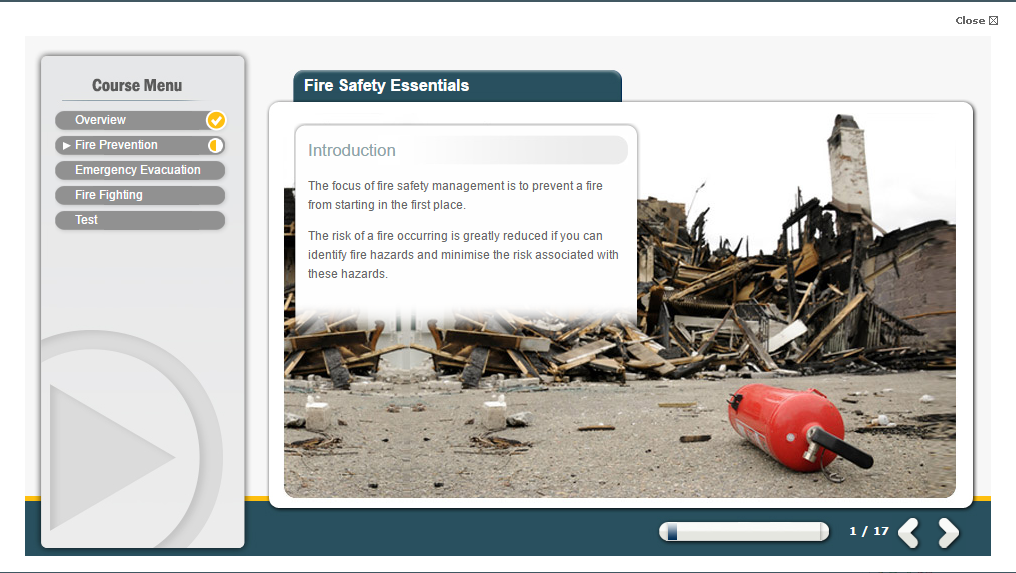
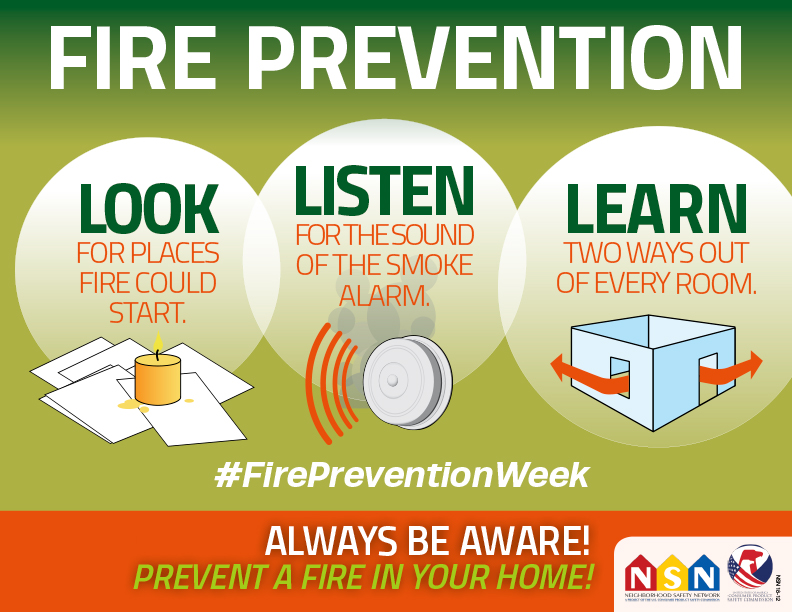


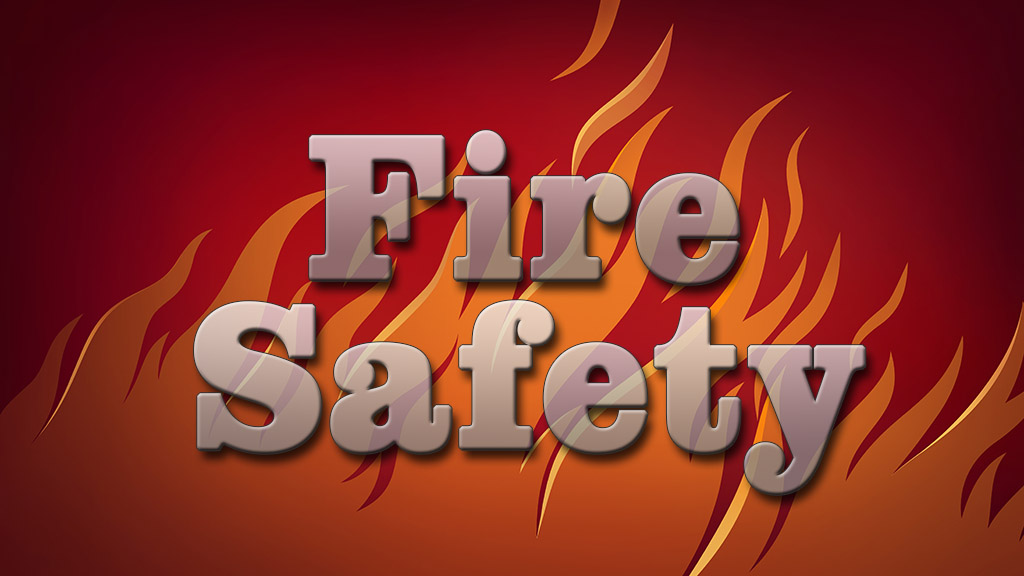

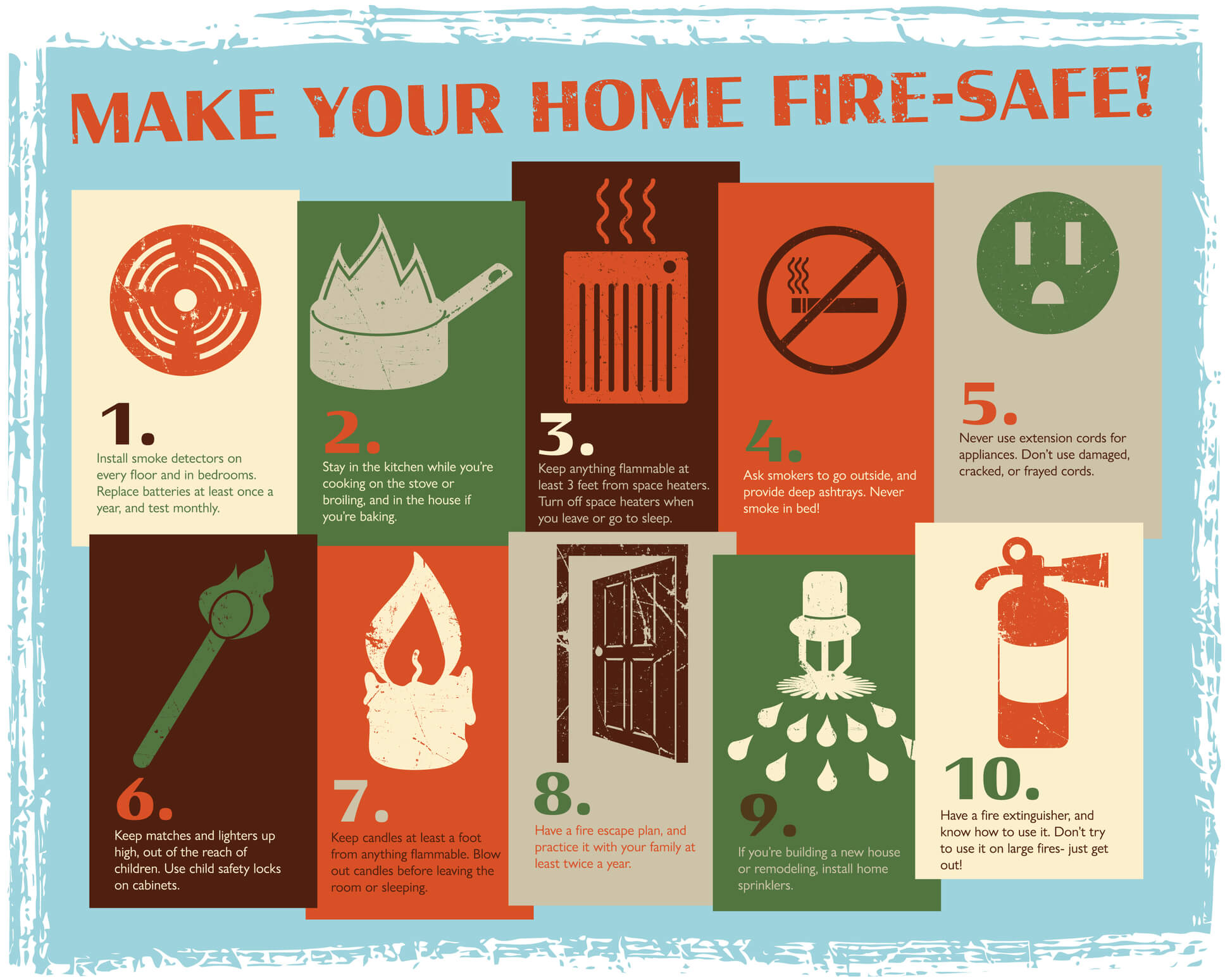














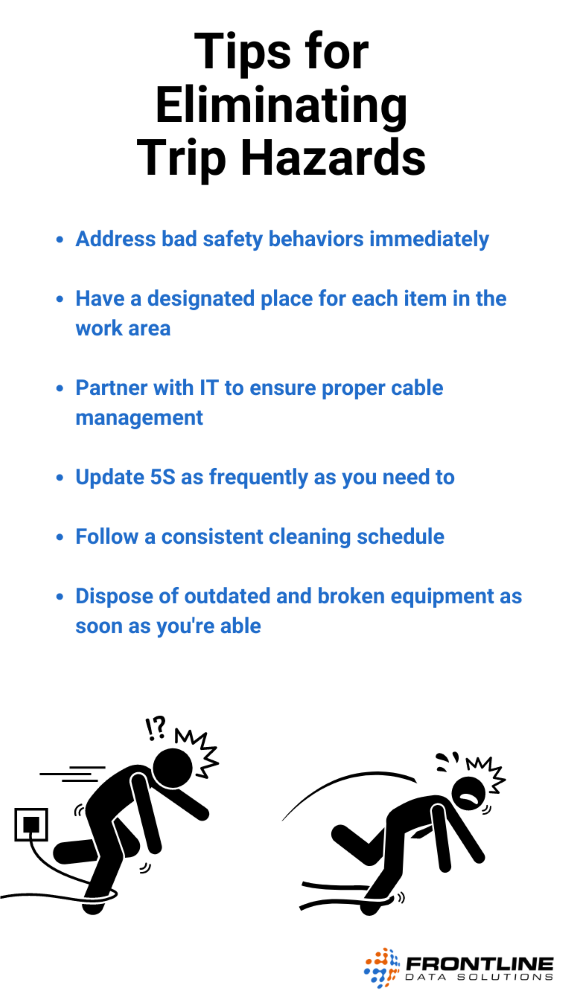
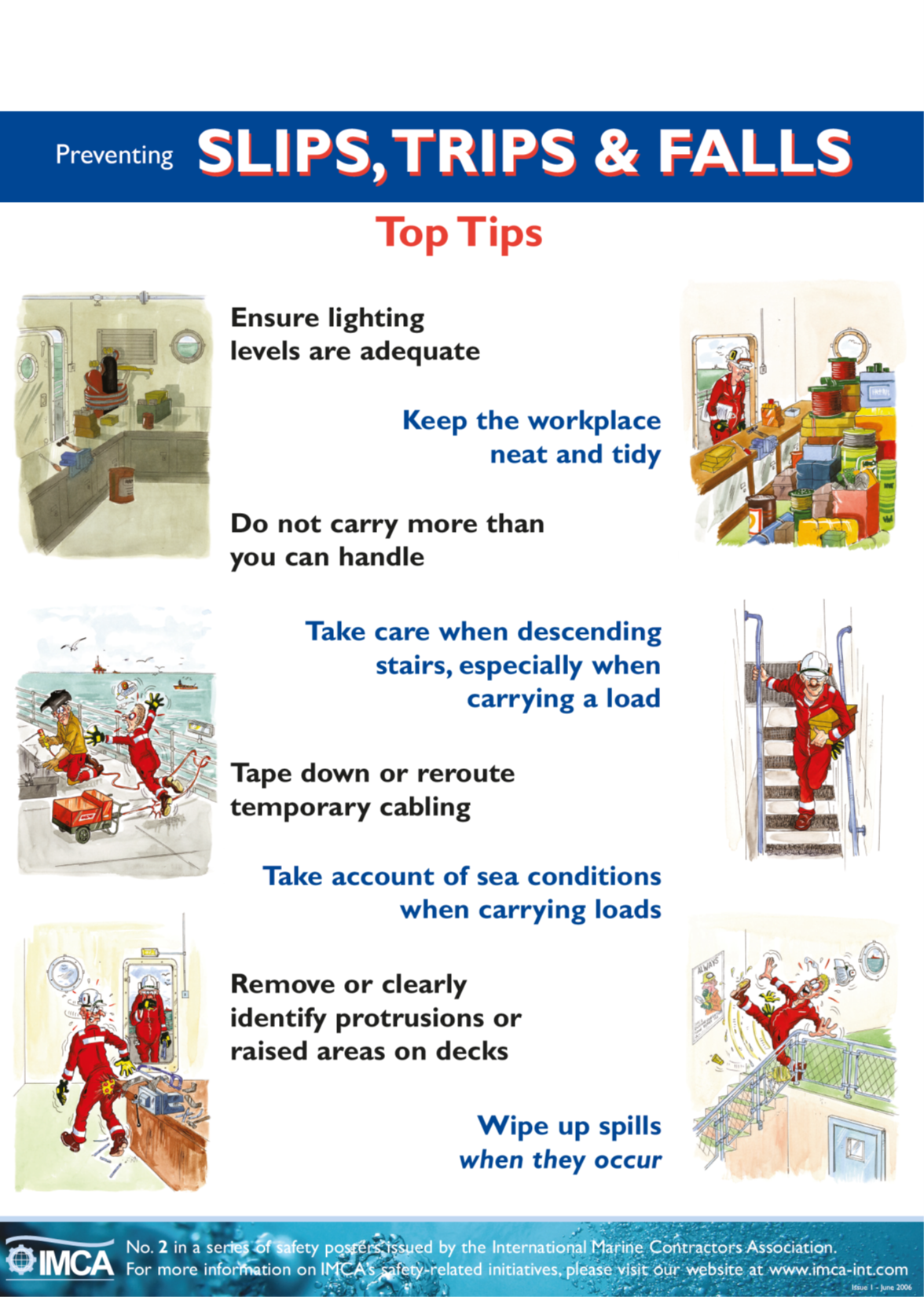

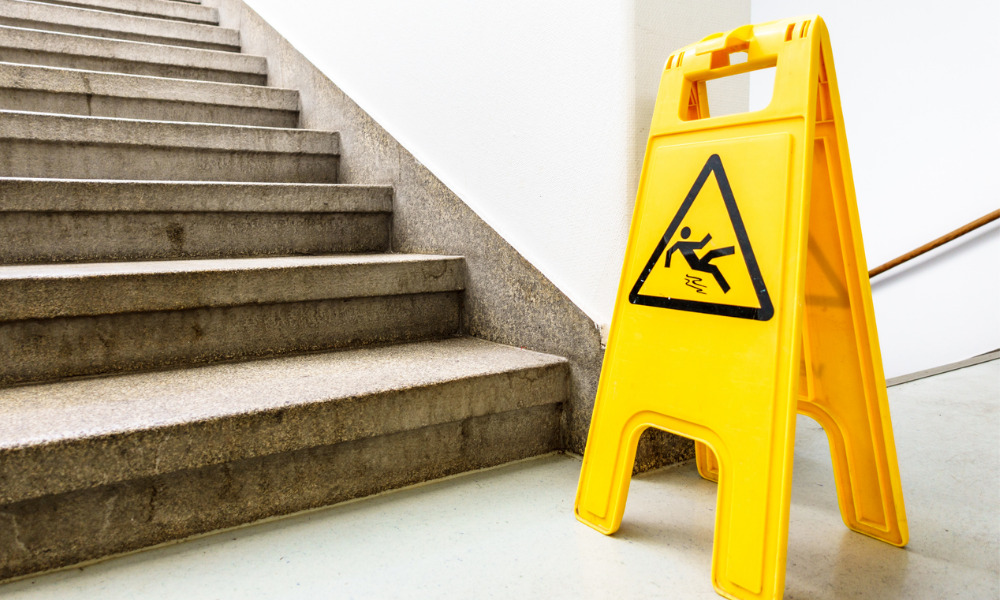
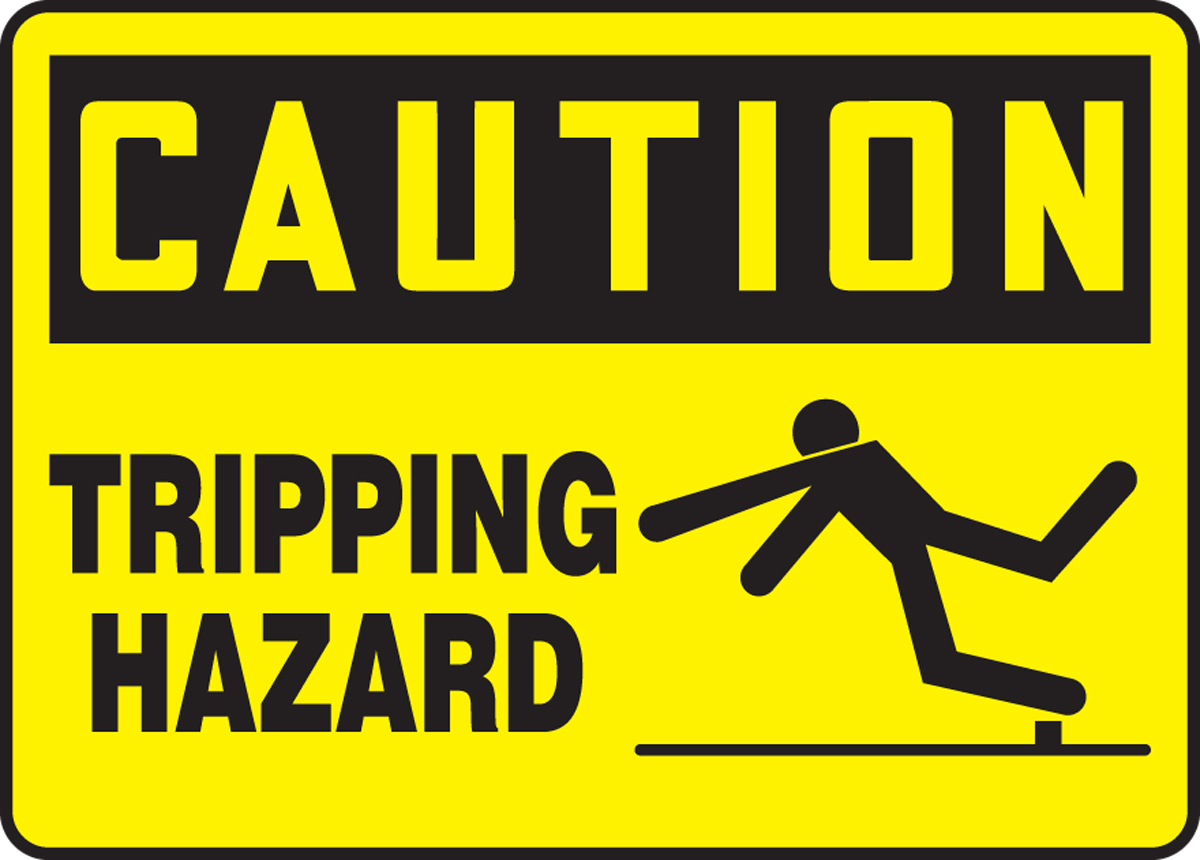
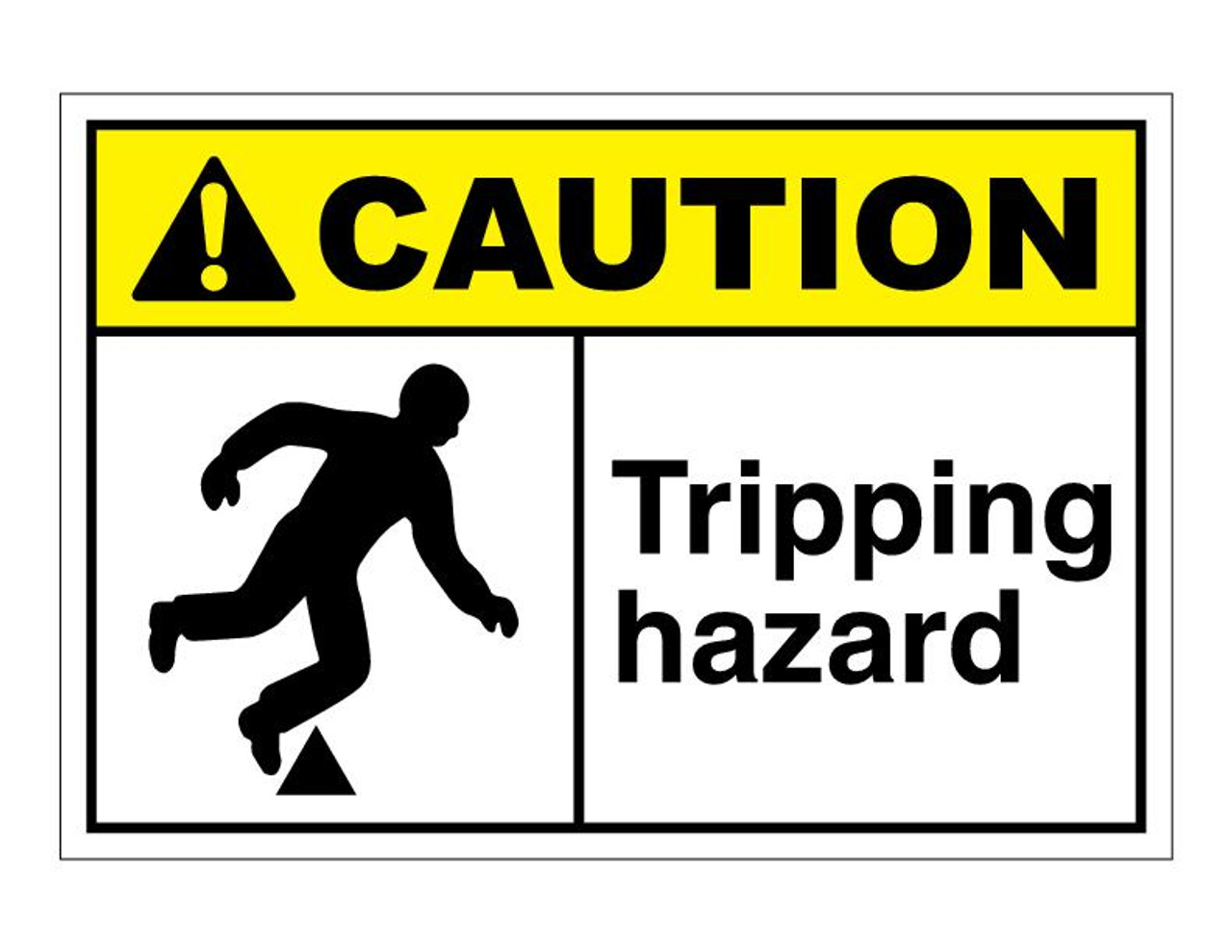
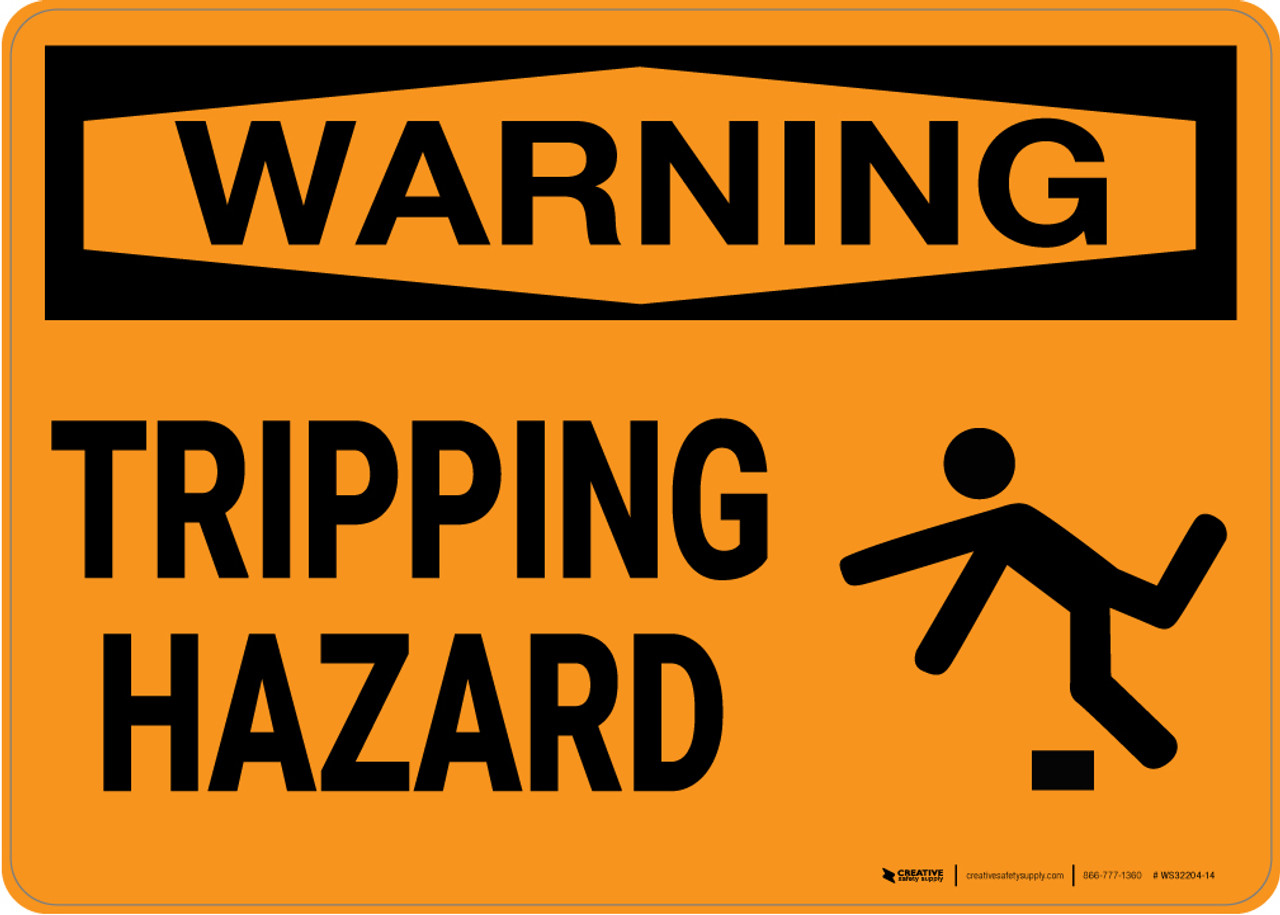
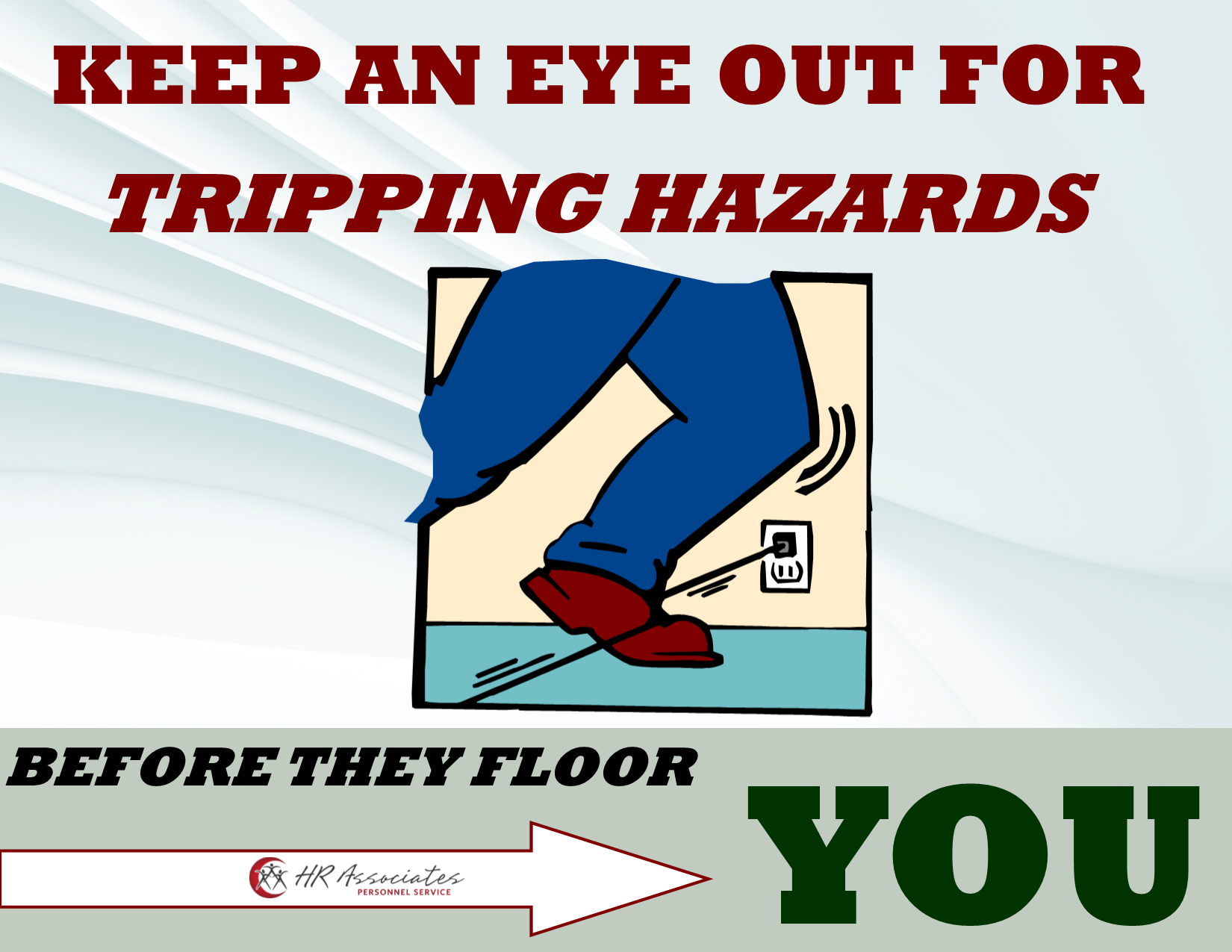









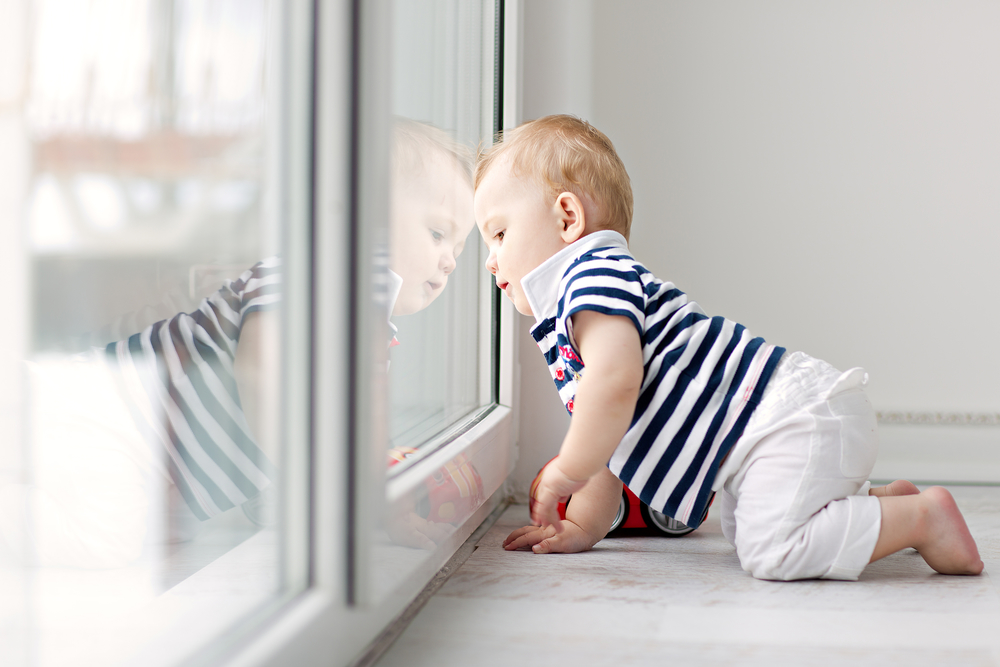
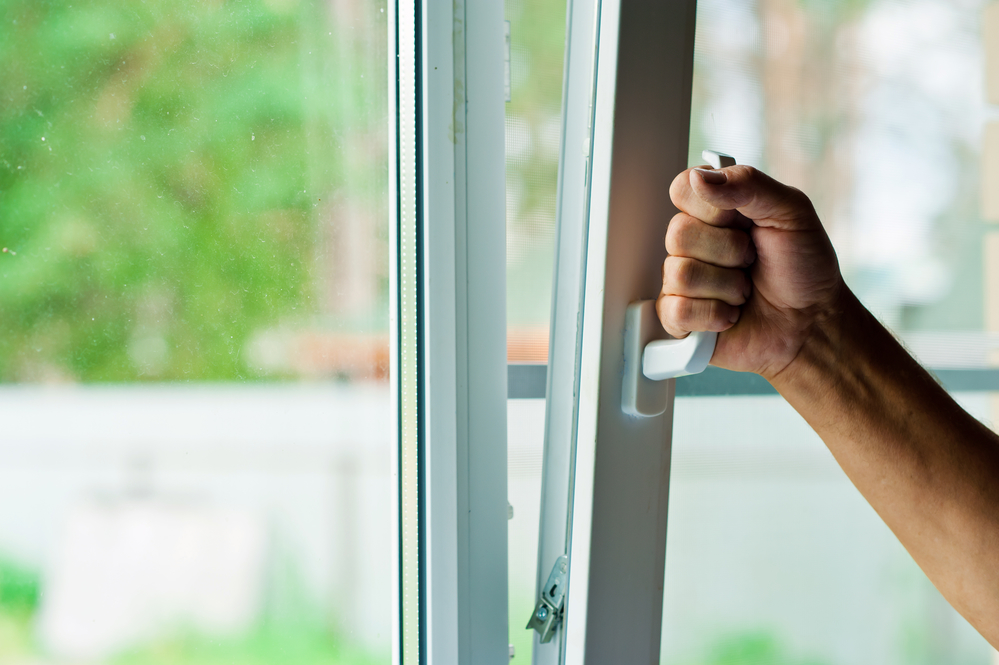


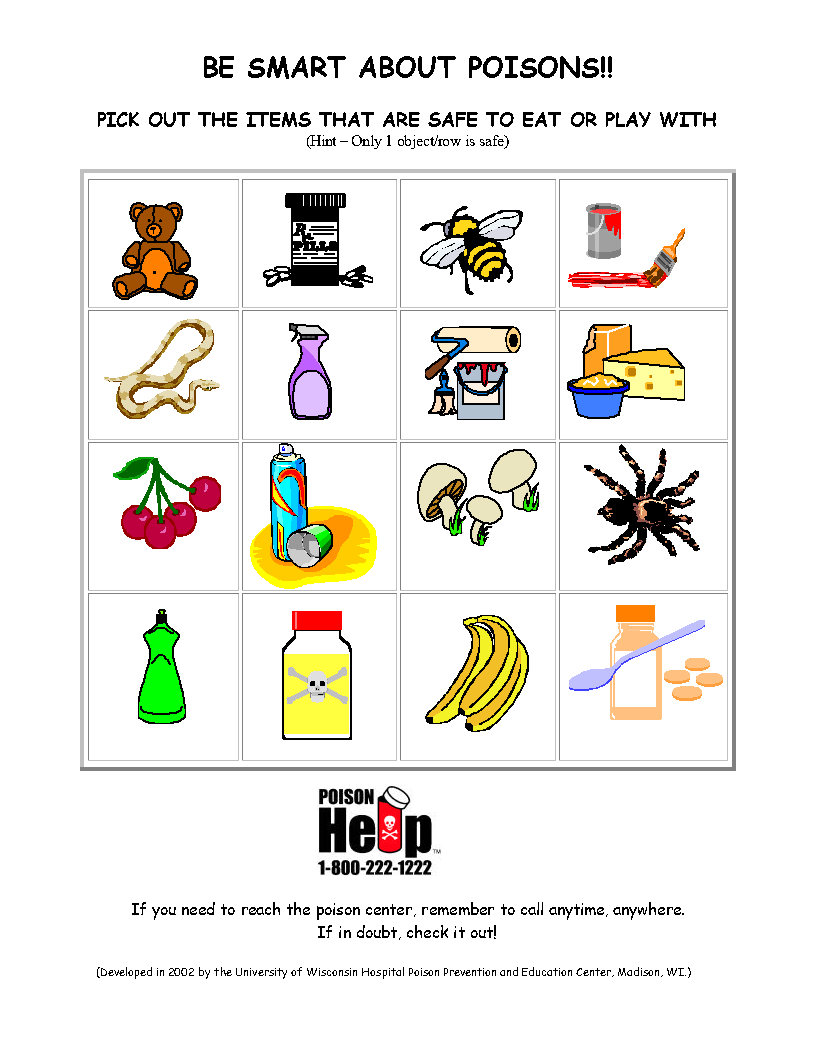
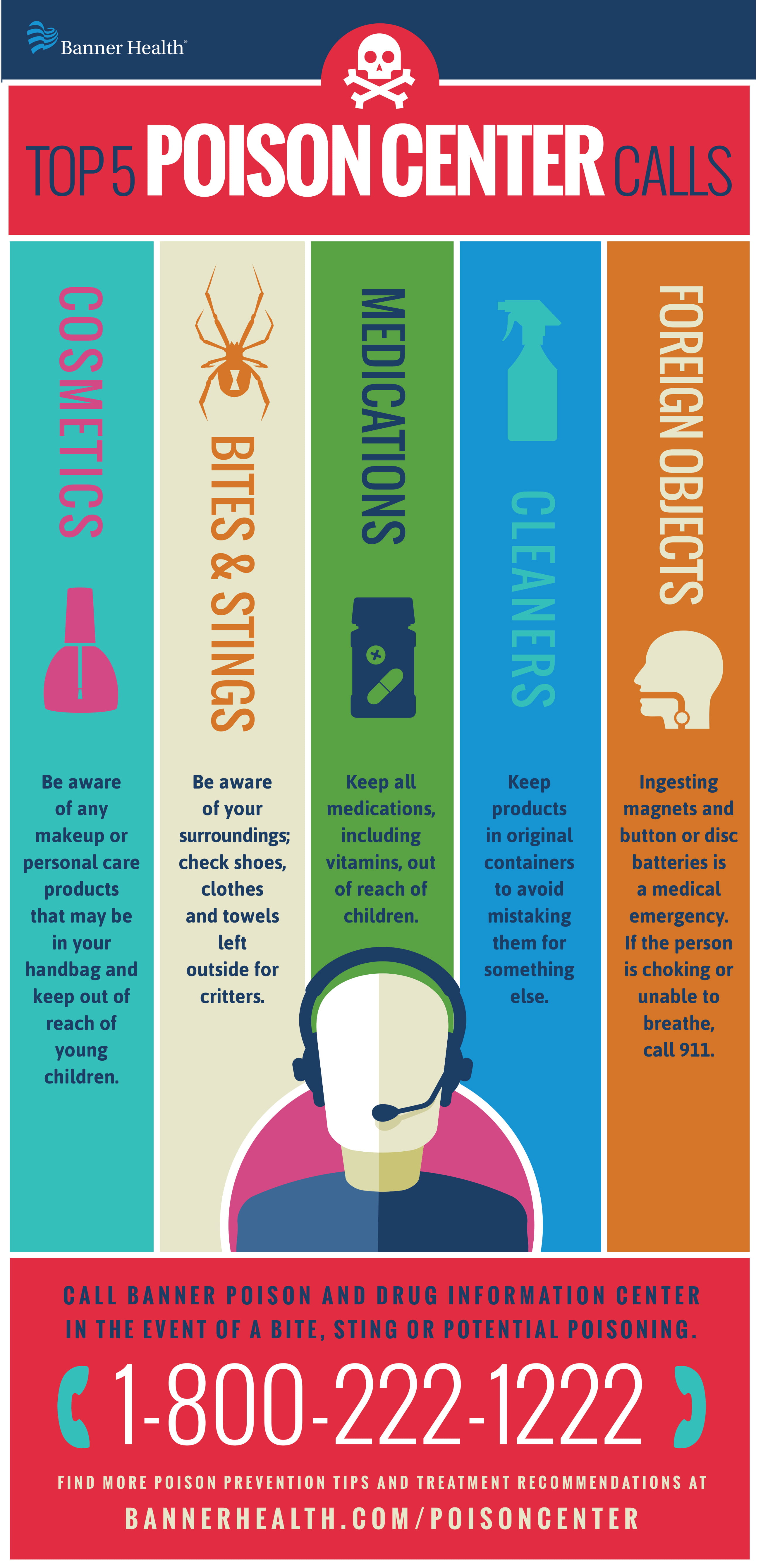
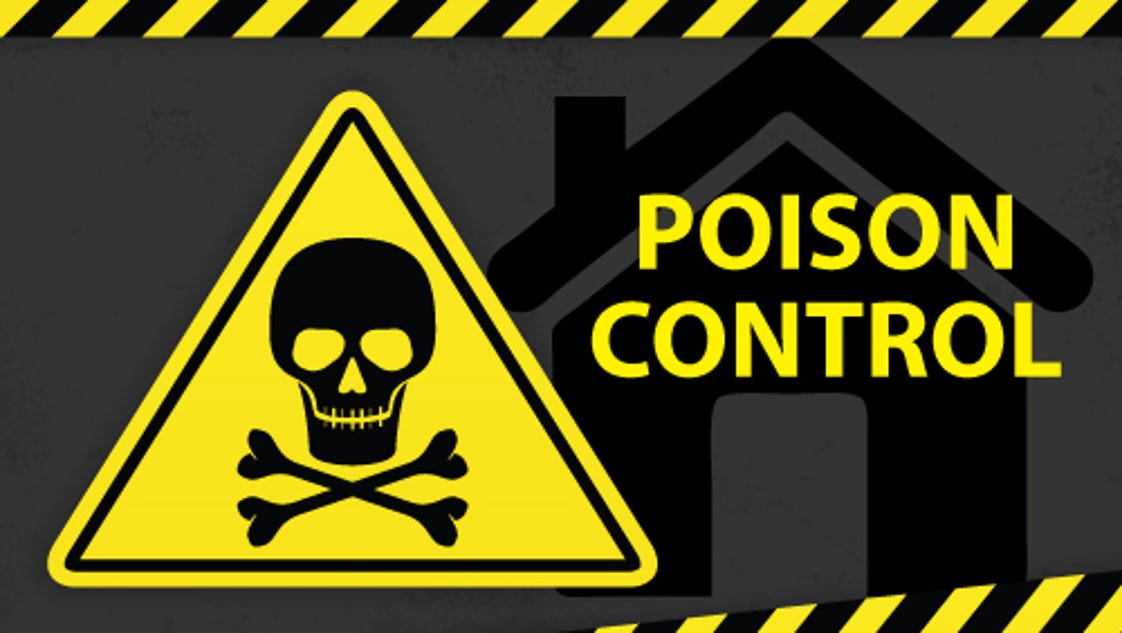


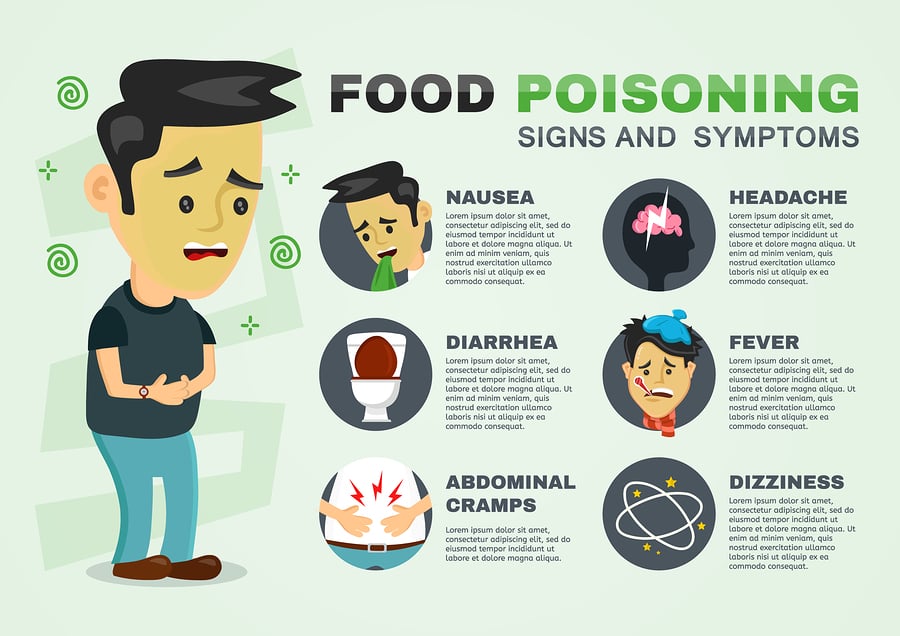



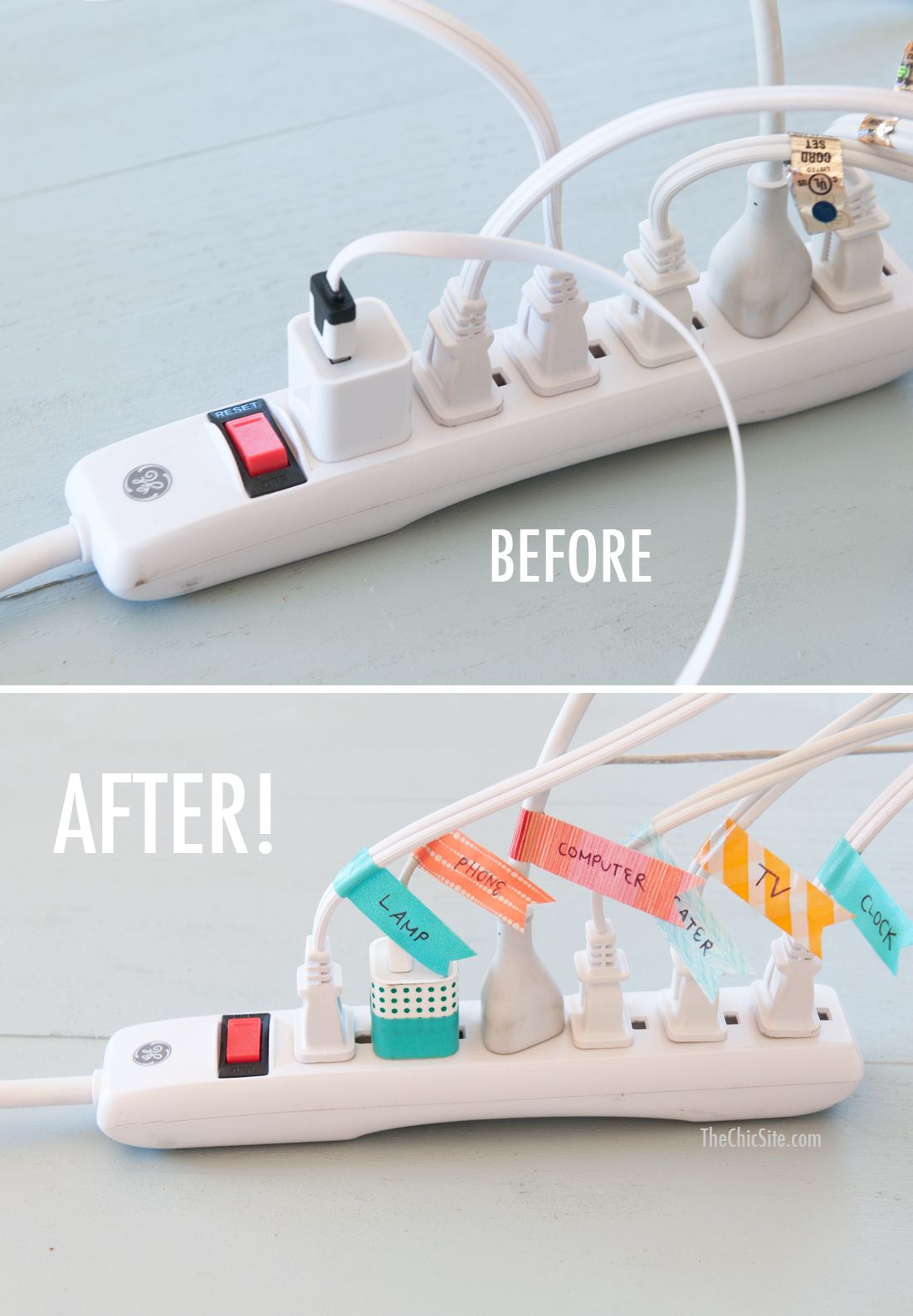



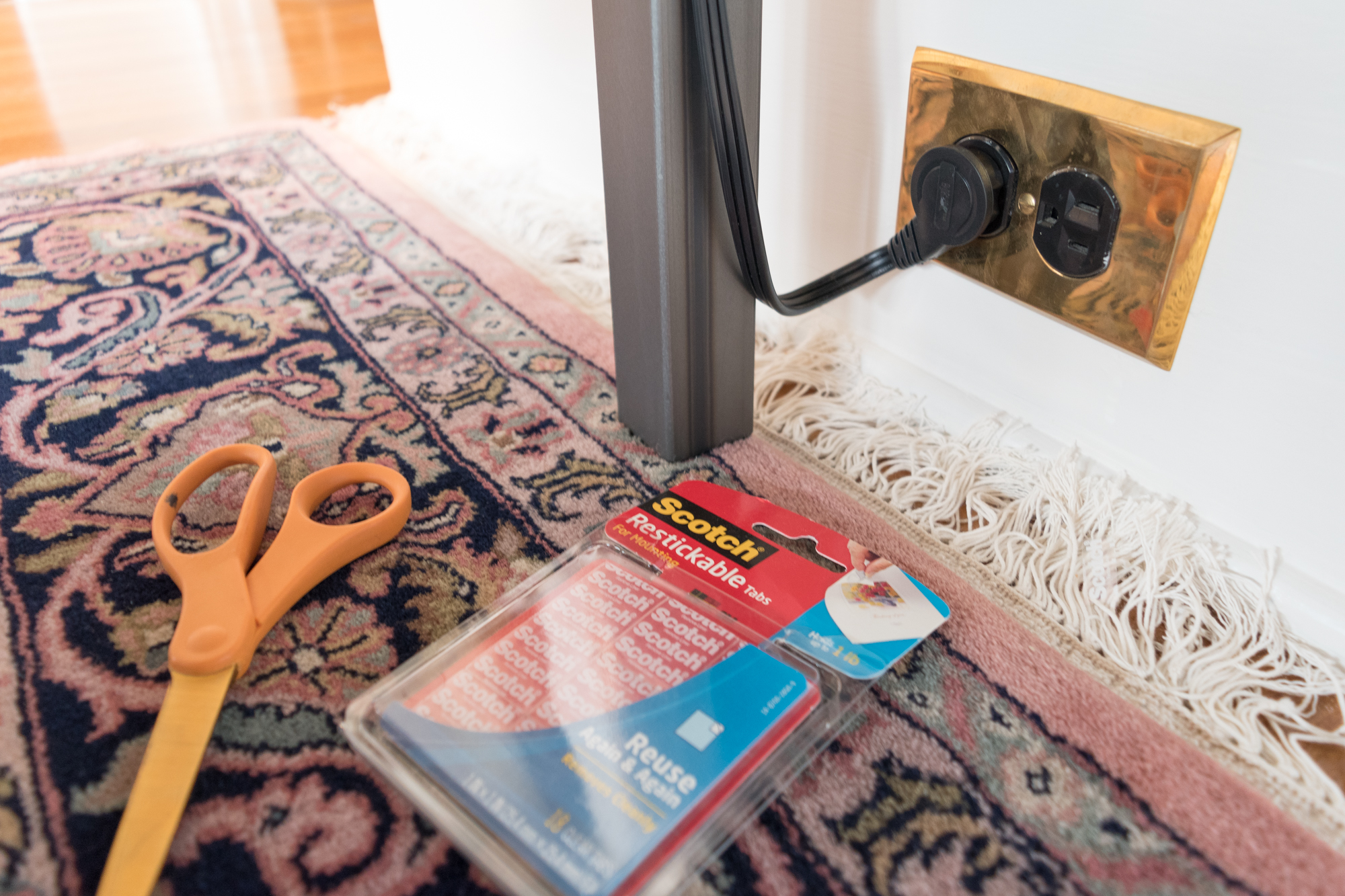






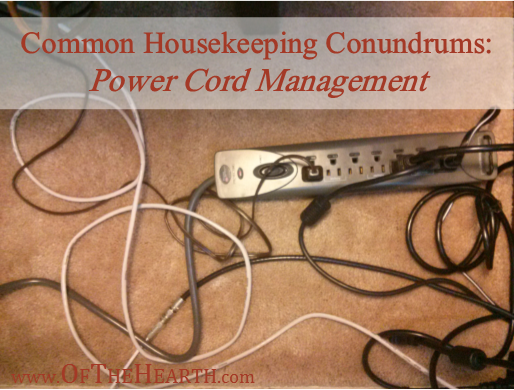
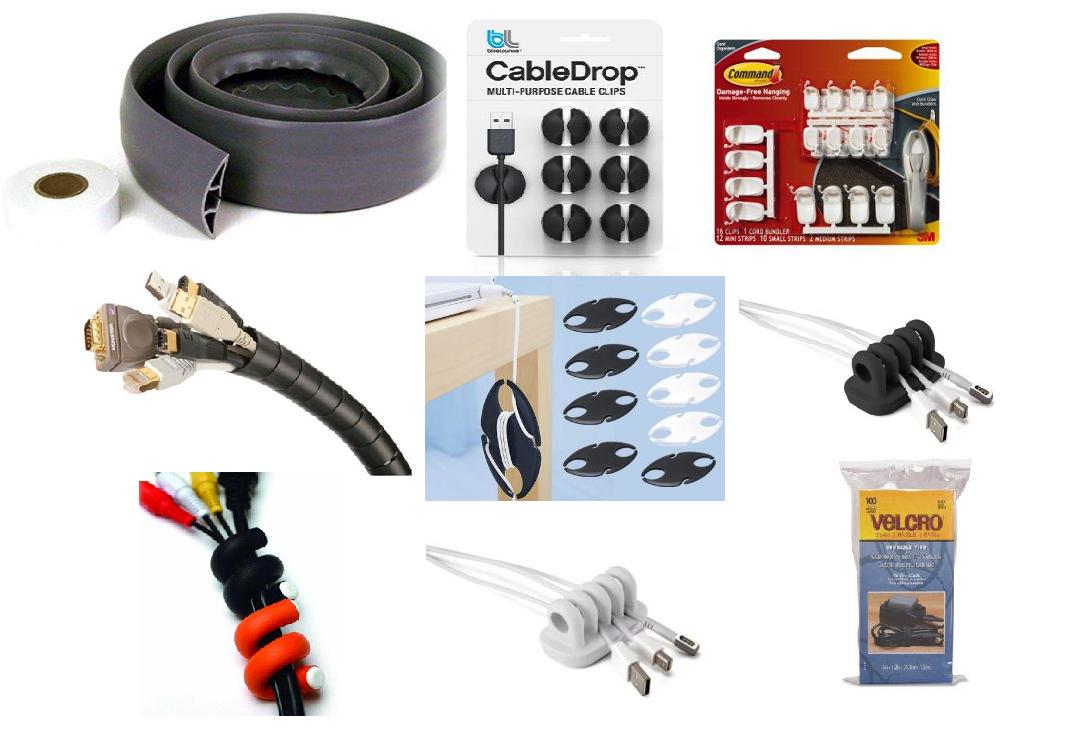
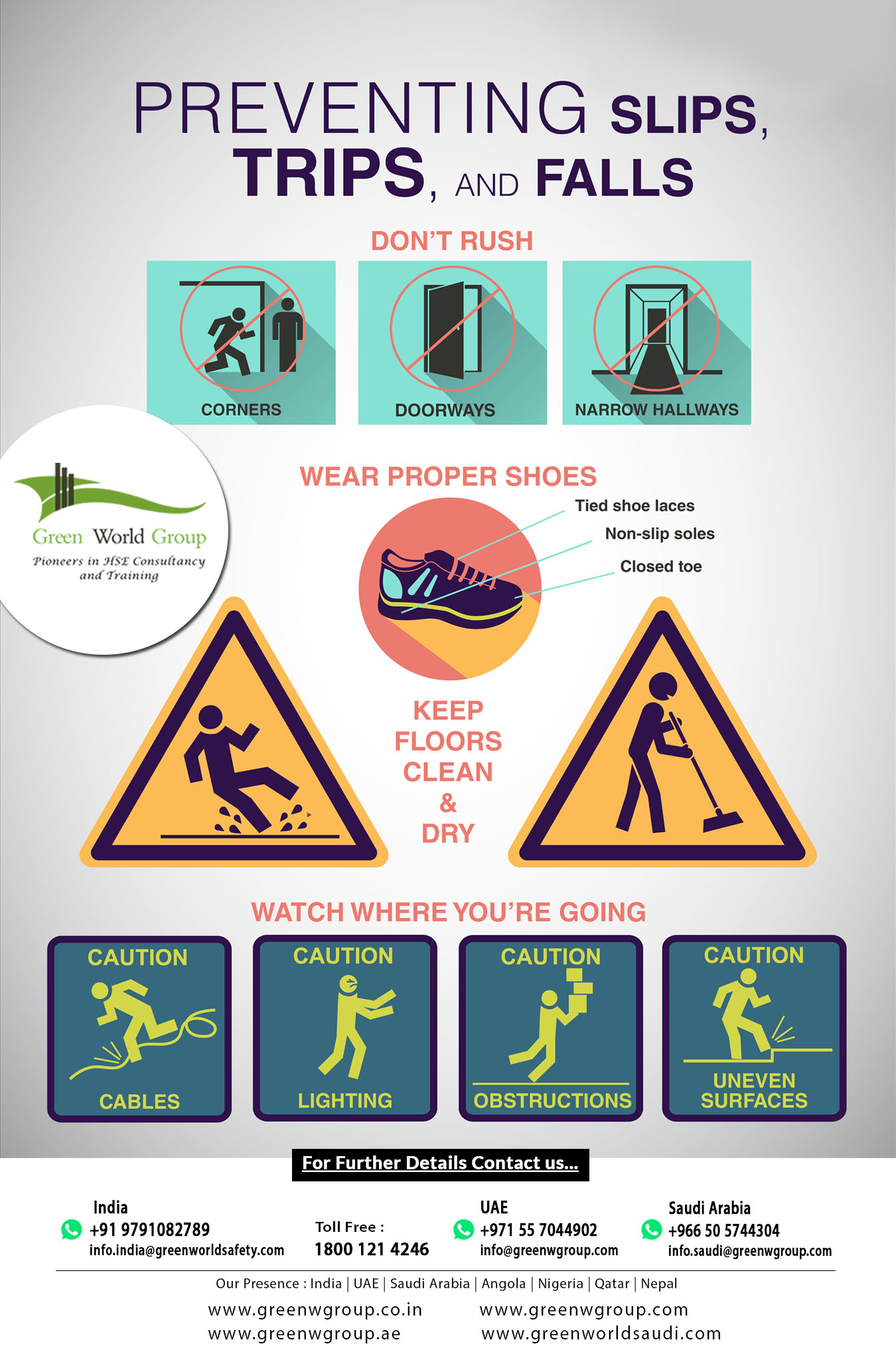
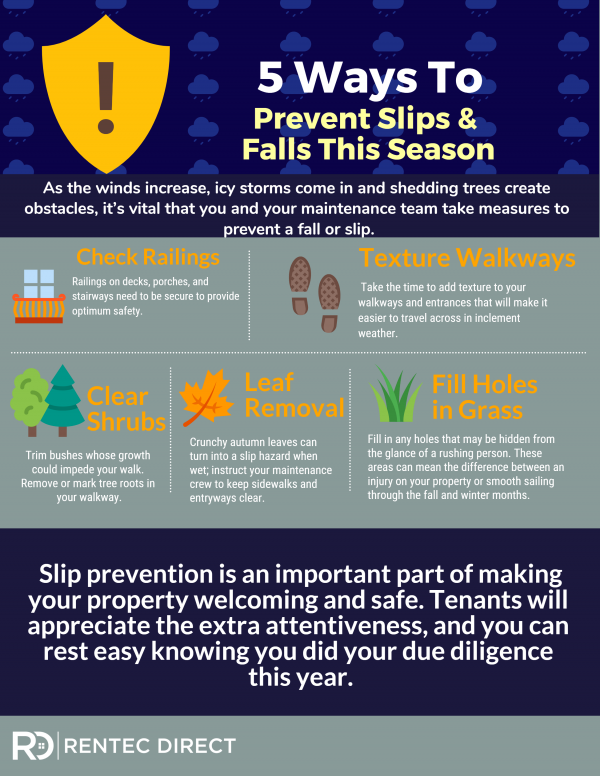


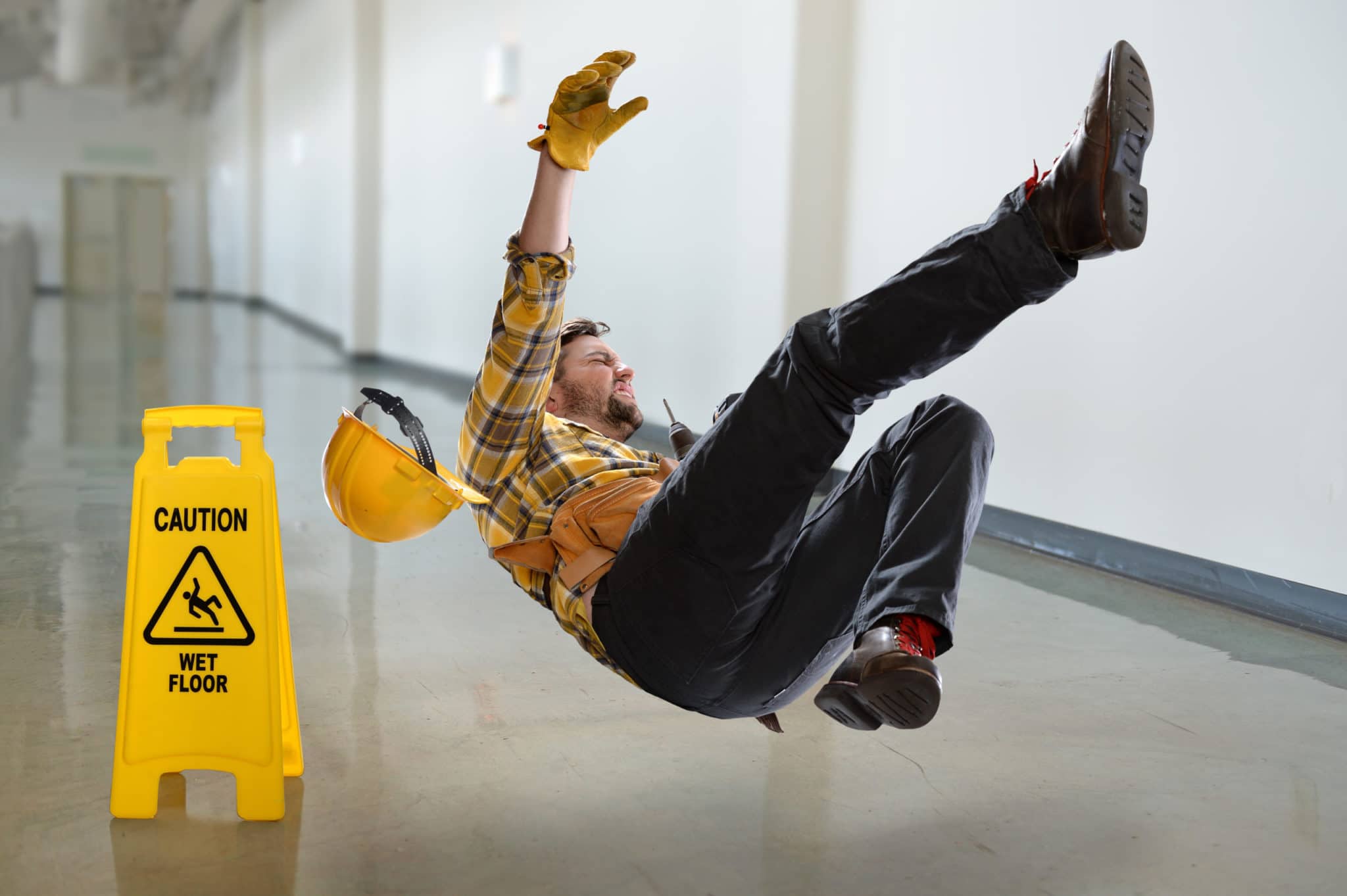



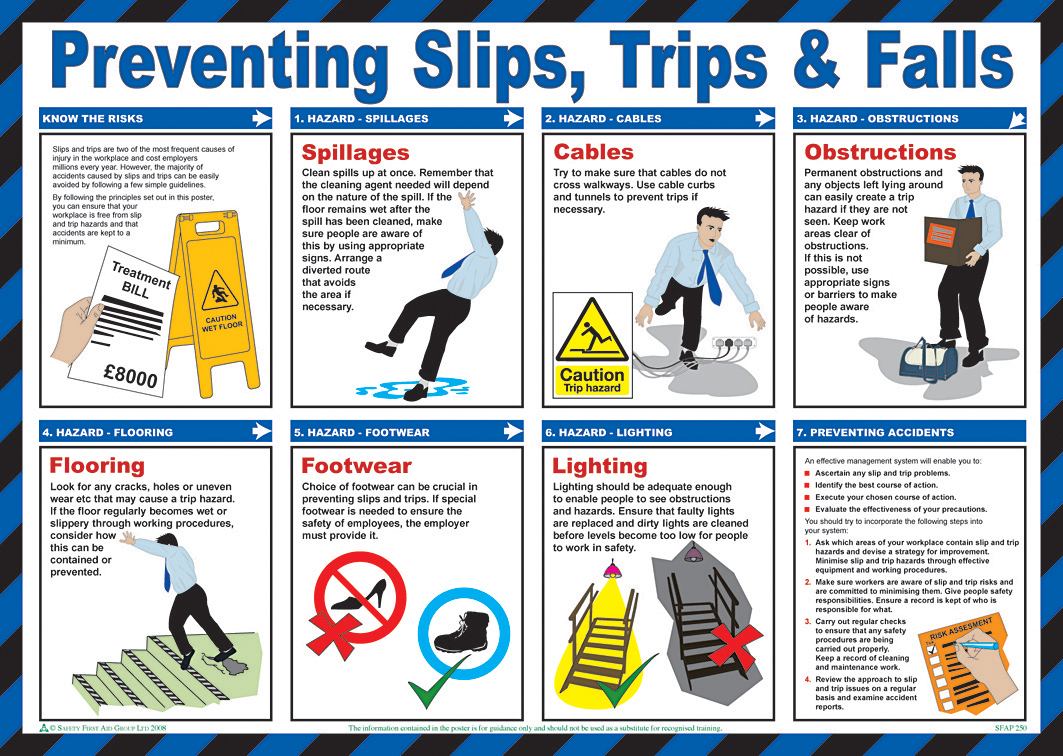
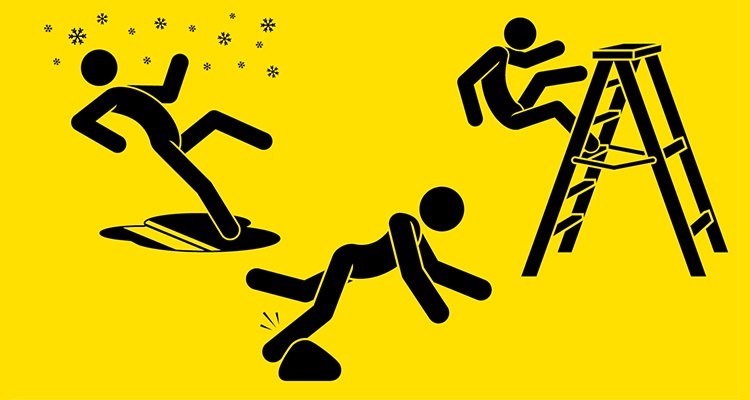
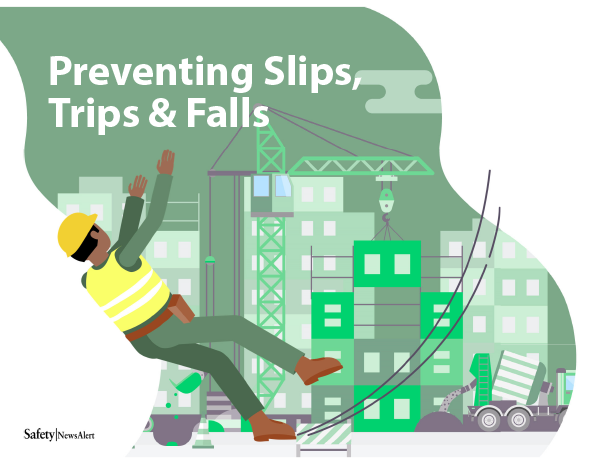




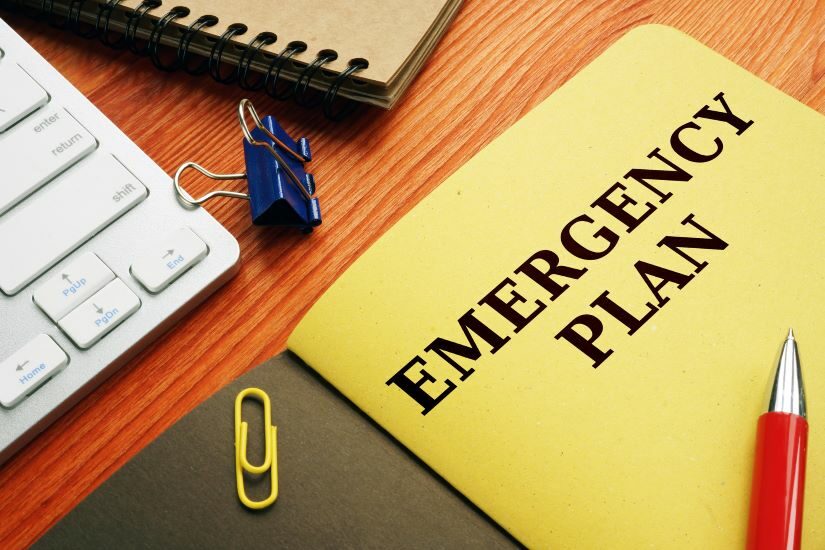

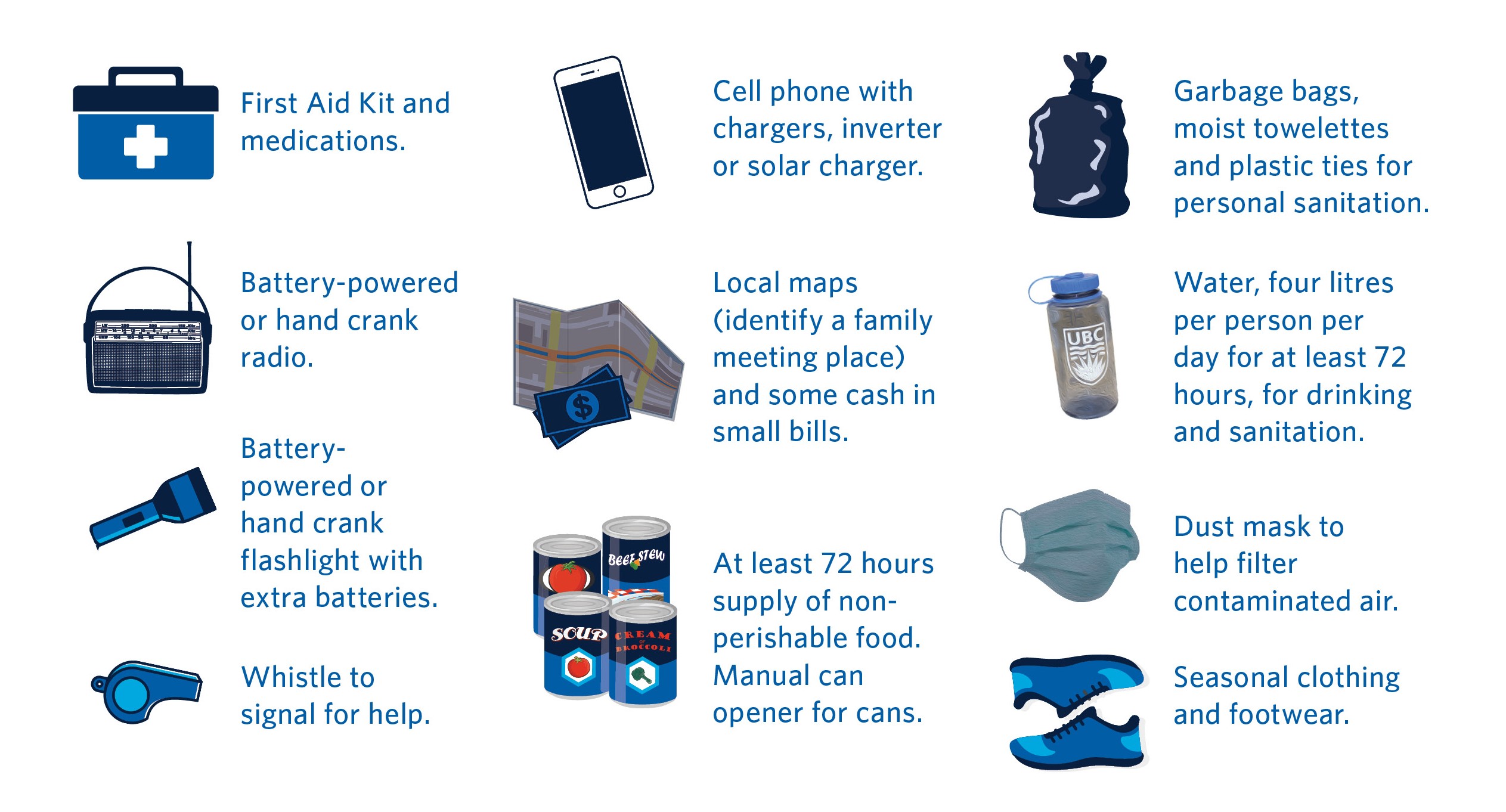


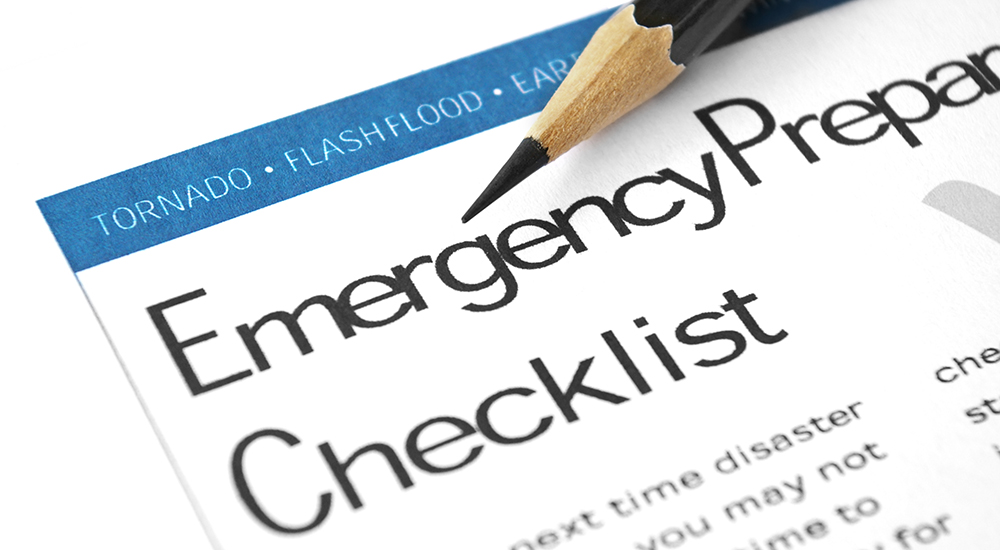
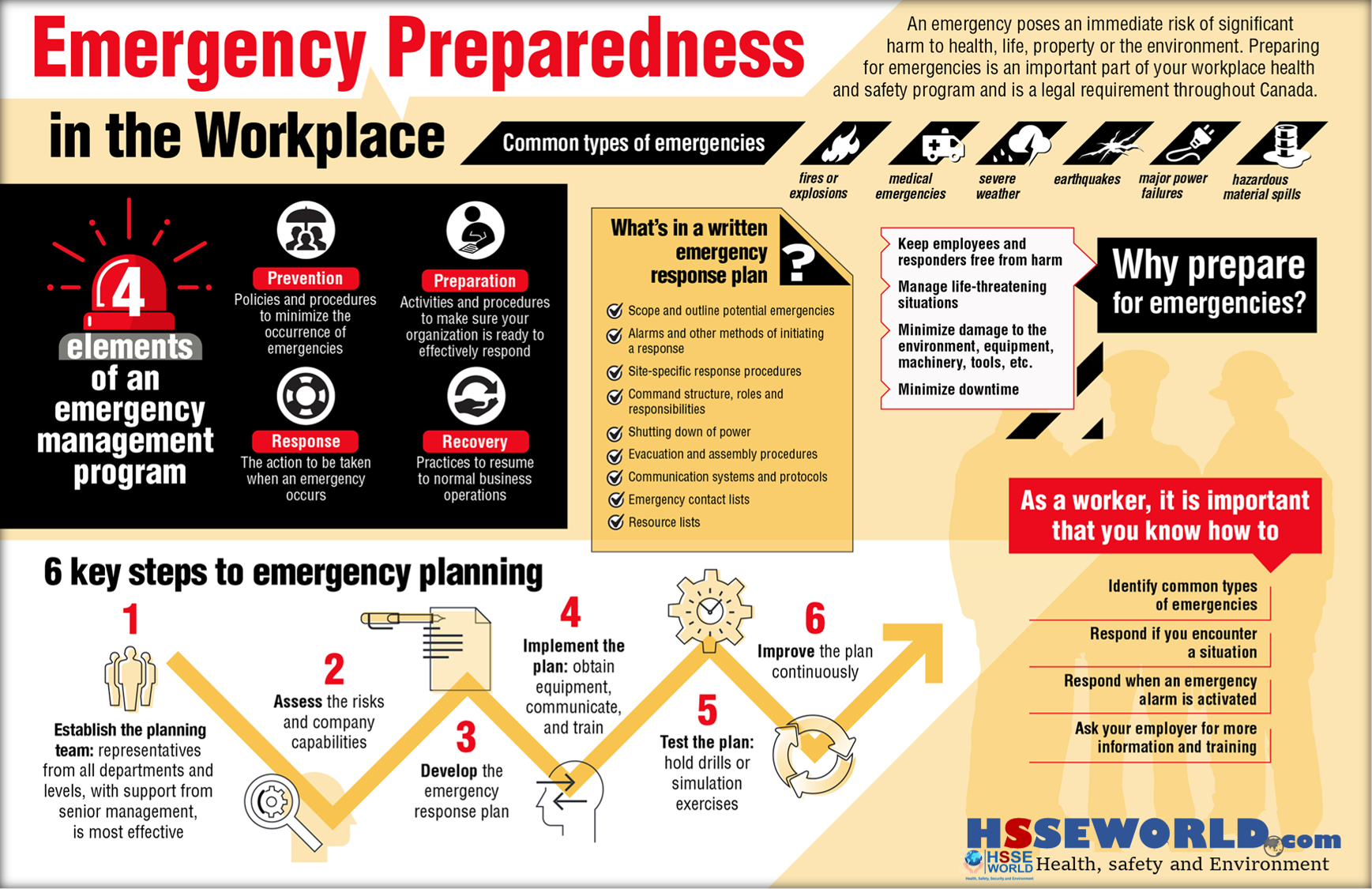



:max_bytes(150000):strip_icc()/ScreenShot2021-03-31at10.01.23AM-cac45bb0e5874da7a554dedb4c25fdf7.png)


